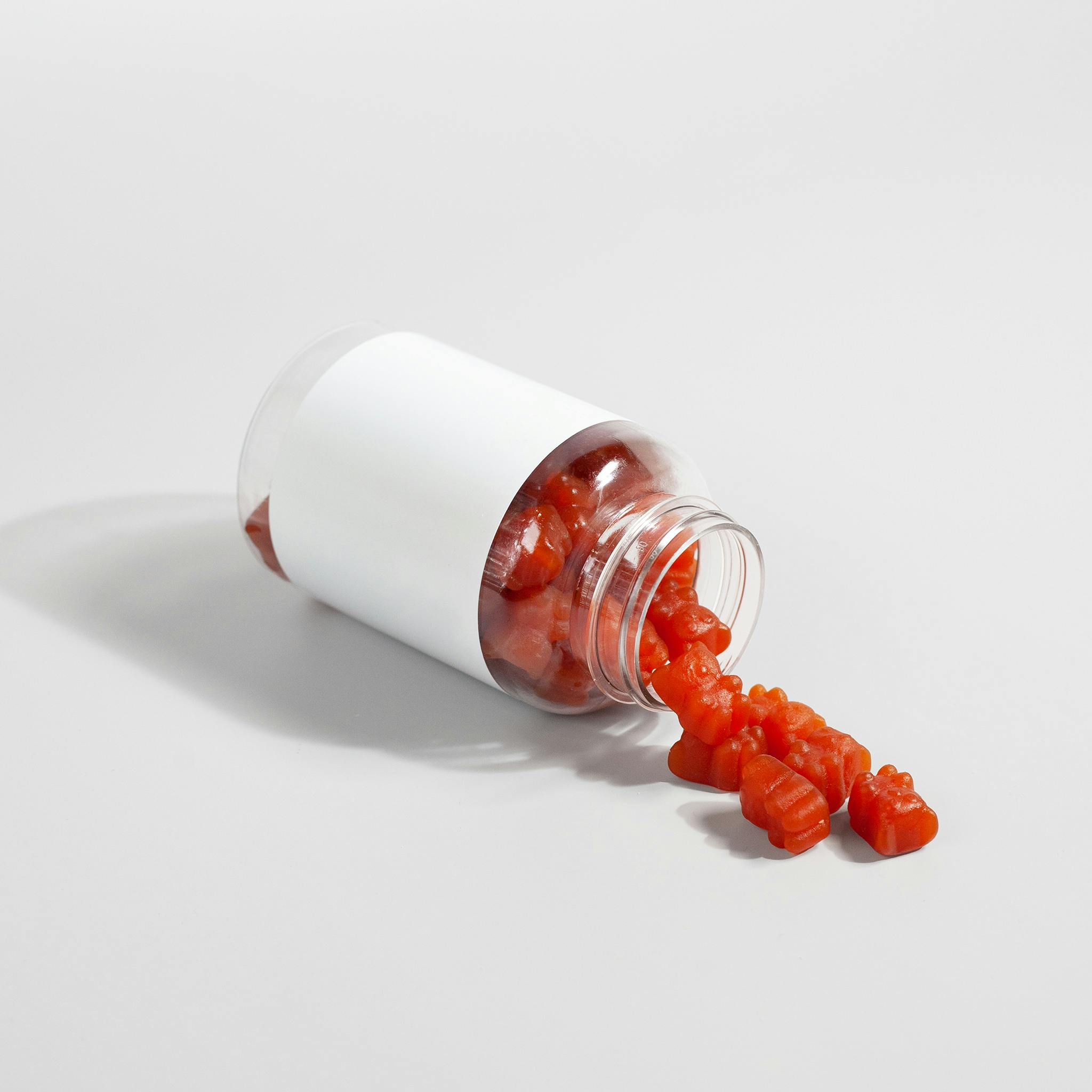Satisfaction and results of the subareolar incision as treatment for gynecomastia in adolescents: experience of two centers
Published: September 4 2024
Abstract Views: 921
PDF: 172
HTML: 4
HTML: 4
Publisher's note
All claims expressed in this article are solely those of the authors and do not necessarily represent those of their affiliated organizations, or those of the publisher, the editors and the reviewers. Any product that may be evaluated in this article or claim that may be made by its manufacturer is not guaranteed or endorsed by the publisher.
All claims expressed in this article are solely those of the authors and do not necessarily represent those of their affiliated organizations, or those of the publisher, the editors and the reviewers. Any product that may be evaluated in this article or claim that may be made by its manufacturer is not guaranteed or endorsed by the publisher.
Similar Articles
- Agim Gjikopulli, Sonila Tomori, Marjeta Tanka, Donjeta Bali, Challenges in diagnosis and treatment of Cushing disease in a 12-year-old boy , La Pediatria Medica e Chirurgica: Vol. 47 No. 1 (2025)
- Maria Enrica Miscia, Maria Castellano, Stella Chiarini, Giuseppe Lauriti, Marco Casaccia, Pierluigi Lelli Chiesa, Gabriele Lisi, Pediatric primary spontaneous pneumothorax: a comparison of treatment at pediatric surgery vs. thoracic surgery departments , La Pediatria Medica e Chirurgica: Vol. 45 No. 1 (2023)
- Sarah Abdelmohsen, Mohamed Abdelkader Osman, Hussein Ali Mostafa, Mohamed Fathy, Ibrahim Ali Ibrahim, Mahmoud Mohamed Mostafa, Almoutaz A. Eltayeb, Osama Abdullah Abdul Raheem, Rectovestibular fistula: Which surgical approach is suitable? A randomized controlled trial , La Pediatria Medica e Chirurgica: Vol. 44 No. 1 (2022)
- Sara Ugolini, Lorenzo Tofani, Elisa Zolpi, Louise Montalva, Cosimo Lotti, Antonino Morabito, Fabio Chiarenza, Arnaud Bonnard, Morbidity related to major lung thoracoscopic resections in children , La Pediatria Medica e Chirurgica: Vol. 46 No. 2 (2024)
- Mario Lima, Sara Ugolini, Niel Di Salvo, Michele Libri, Tommaso Gargano, Giovanni Ruggeri, A unique case of foreign body aspiration and recurrent pneumothorax , La Pediatria Medica e Chirurgica: Vol. 39 No. 4 (2017)
- Enrica Caponcelli, Milena Meroni, Giulia Brisighelli, Claudia Rendeli, Emanuele Ausili, Piergiorgio Gamba, Antonio Marte, Barbara Daniela Iacobelli, Laura Lombardi, Ernesto Leva, Paola Midrio, Transanal irrigation (TAI) in the paediatric population: Literature review and consensus of an Italian multicentre working group , La Pediatria Medica e Chirurgica: Vol. 43 No. 1 (2021)
- Chiara Costantini, Federica Fati, Elisa Pani, Fabio Beretta, Silvia Bisoffi, Giosuè Mazzero, Elisa Negri, Clara Revetria, Hamid R. Sadri, Enrico Ciardini, Two-balloon epistaxis catheter to ensure vaginal patency in a complex case of vaginoplasty for vaginal agenesis: a case report , La Pediatria Medica e Chirurgica: Vol. 45 No. 2 (2023)
- Leone Giordano, Salvatore Toma, Francesca Palonta, Roberto Teggi, Marco Zucconi, Stefania Di Candia, Mario Bussi, Obstructive sleep apnea in Prader-Willi syndrome: risks and advantages of adenotonsillectomy , La Pediatria Medica e Chirurgica: Vol. 37 No. 2 (2015)
- Ilaria Riccio, Elvira Pota, Marco Marcarelli, Maria Carmen Affinita, Daniela Di Pinto, Cristiana Indolfi, Nicola Del Regno, Marco Esposito, Osteonecrosis as a complication in pediatric patients with acute lymphoblastic leukemia , La Pediatria Medica e Chirurgica: Vol. 38 No. 3 (2016)
- Meletios Kanakis, George Samanidis, Kyriaki Kolovou, Sotirios Katsaridis , Athina Maria Sait, Georgios Kourelis, Nicholas Giannopoulos, Dimitrios Bobos, Outcomes of delayed chest closure after congenital heart surgery in neonates , La Pediatria Medica e Chirurgica: Vol. 46 No. 1 (2024)
1-10 of 183
Next
You may also start an advanced similarity search for this article.









